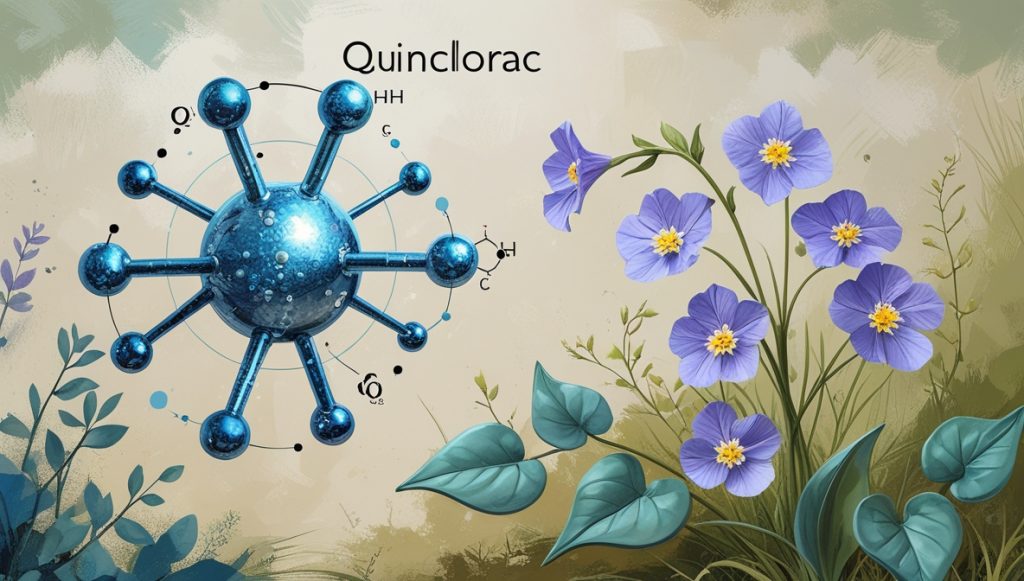Dandelions, those ubiquitous yellow flowers that pop up seemingly overnight in lawns across the globe, are often viewed as unwelcome invaders. However, a closer look reveals a more nuanced picture. While they can certainly disrupt the aesthetic appeal of a manicured lawn, dandelions also possess surprising nutritional value and contribute to the overall health of the ecosystem. This article explores both the perceived problems and potential benefits of these tenacious plants, offering a balanced perspective on their role in the landscape.
Dandelions: Lawn Invaders?
Dandelions are known for their prolific seed production and rapid growth, making them seemingly unstoppable in a lawn. Their taproot system can extend deep into the soil, making them difficult to remove completely. This aggressive nature, coupled with their bright yellow blossoms, often leads to a perception of dandelions as undesirable weeds. This view is frequently reinforced by the desire for a uniform, aesthetically pleasing lawn, where any deviation from the intended appearance is unwelcome. Moreover, some homeowners associate dandelions with a lack of lawn care, a perception that fuels the desire for eradication.
Their persistence is often cited as a major problem. Repeated attempts to remove them can be time-consuming and costly, leading homeowners to resort to herbicides or other harsh methods. This aggressive approach, while effective in the short term, can have broader negative environmental impacts. The presence of dandelions can also compete with desirable lawn grasses for resources, potentially affecting overall lawn health. The dense shade cast by a dandelion patch can further inhibit grass growth in that area.
However, the notion of dandelions as purely destructive is oversimplified. While they can compete with desirable grasses, the actual level of competition depends on the specific conditions, including soil quality, moisture, and sunlight. In some cases, the introduction of dandelions might be a sign of a deeper problem in the lawn’s overall health. This necessitates an understanding that a dandelion problem might require an investigation into the lawn’s health rather than simply aggressive removal.
The perceived threat to a perfectly manicured lawn often overshadows the ecological and practical benefits of dandelions. It’s important to consider the wider context and not just focus on the immediate visual impact. In many cases, a balanced approach may be more beneficial than complete eradication.
Nutritional Value & Benefits
Beyond their vibrant appearance, dandelions offer a surprising array of nutritional benefits. The leaves are rich in vitamins A, K, and C, as well as minerals like potassium and iron. Their nutritional profile often makes them a desirable addition to spring salads or teas. Furthermore, their roots are also edible and offer a slightly bitter flavor. Their use in various cuisines suggests they offer an interesting culinary alternative.
Dandelions also contribute to the health of the ecosystem. Their deep root system helps aerate the soil, improving drainage and water retention. The presence of dandelions can attract beneficial insects and pollinators, which are crucial for a healthy garden. The flowers are a welcome addition to many landscapes, offering a source of nectar for bees and butterflies.
However, the nutritional value is somewhat dependent on the growing conditions. Dandelions growing near polluted areas might accumulate harmful substances, making them unsuitable for consumption. Care must also be taken not to consume the flowers or the stems from the plant as these are sometimes considered to be toxic.
While the edible qualities are a definite bonus, the primary benefit lies in the diverse ecosystem contribution. Dandelions play a vital role in supporting the local biodiversity, enriching the soil, and providing sustenance for beneficial insects.
Managing Dandelion Growth
For those who prefer a dandelion-free lawn, several methods of management are available. Manual removal, by hand-pulling, is effective for small patches, but the taproot often requires repeated efforts. Pre-emergent herbicides can prevent future dandelion growth, but their use requires careful consideration of environmental impacts. Post-emergent herbicides can be used to eliminate existing dandelions, but they require careful application to avoid harming other plants.
Proper lawn care practices can help mitigate dandelion growth. Healthy, well-maintained lawns are less prone to weed infestations. Aeration and fertilization can improve the soil’s health, making it less hospitable to dandelions. This approach focuses on improving overall lawn health to reduce the need for herbicides.
However, the effectiveness of these management methods can vary depending on the specific conditions. Some methods may be more suitable for certain types of lawns than others. A thorough understanding of the specific issues within the lawn is key to choosing an effective method.
Ultimately, choosing the most appropriate management strategy requires careful consideration of environmental factors and personal preferences. A balanced approach that combines several strategies may be more sustainable and effective than relying on a single method.
Dandelions, while often seen as lawn pests, offer a more complex and nuanced role in the landscape. Their nutritional value, ecological benefits, and the challenges associated with their management highlight the importance of a balanced approach to lawn care. Ultimately, the decision to embrace or eradicate these resilient plants often comes down to individual priorities and preferences.






